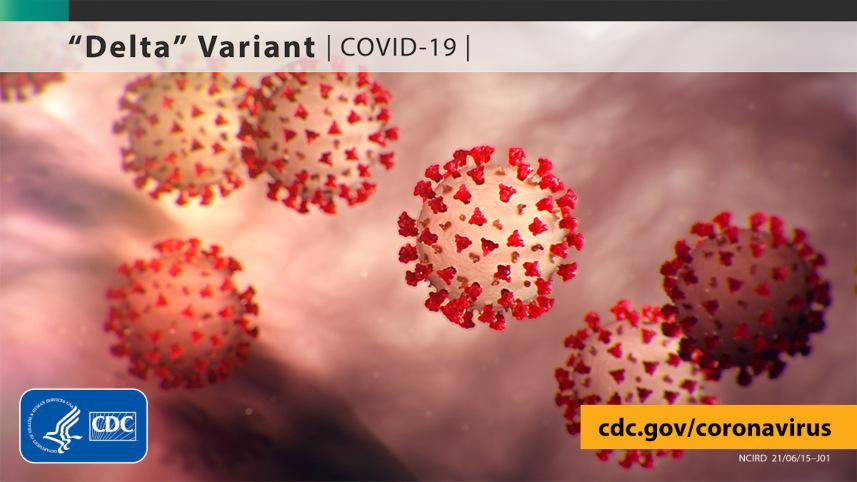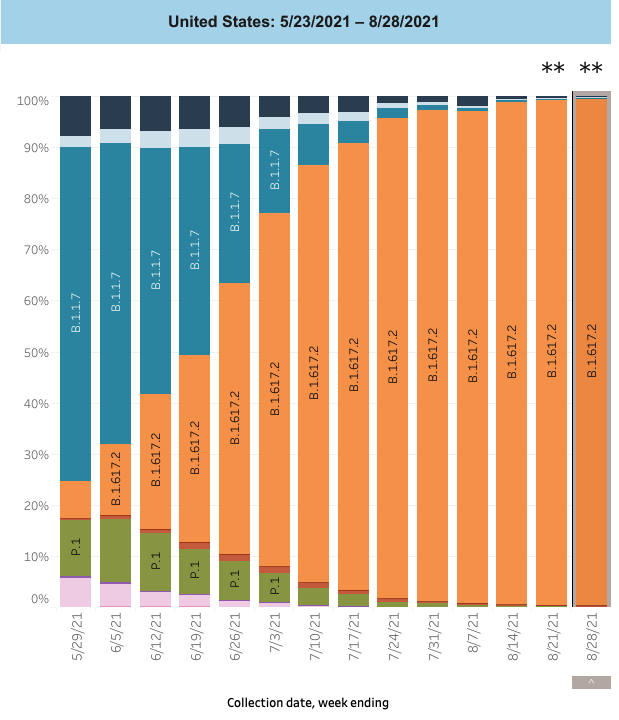The essential challenges faced by viruses are the same as those faced by our hypothetical robots, but instead of factories, viruses have to break into human cells, take over the cellular machinery to make more viruses, and break the new viruses out without getting caught. And just like the robots, the viruses will succeed better in the long run if each new virus is slightly different from its predecessor.
So let’s think about that first task. Suppose the first generation of evil robots each have a retractable key that they normally use to get into the evil robot social club. The key doesn’t work very well on most factory doors, but it sort of fits one particular lock used by some factories. The robots have to jiggle the door and waggle the key, but some of them sometimes get in. When the new generation of evil robots leave the factory, most of them have that original, suboptimal key. But let’s say that there was a replication error on one of the new robots that made its retractable key fit the lock much better. That robot is going to be able to break into the next factory more quickly and most of the new robots made there are all going to have the new key. (Some of them may end up with an even better key, and some might have a key that doesn't work at all, but most will have the new, improved key.)
Every one of the steps involved in the evil robot apocalypse can lead to improved robots in the same way: one new robot may be slightly better at hiding from the factory security staff, delaying when the alarms go off. Another may find a quicker way to get out of the factory. Yet another may have changes that allow the new replica robots to be assembled more quickly.
No individual new robot replica will gain all of those improvements in one break-in, but over many rounds of breaking and entering and replication and exiting, robots that are better at any one of these steps will be more successful at making more replicas of themselves, and each of the new robots may then generate another change that makes it even more successful. Given enough rounds of break-ins, there will be evil robots that break in faster, make more replicas of themselves before being stopped by security, and break out faster and in greater numbers than the first generation of evil robots.
The Delta variant is just what happens when you have billions of really tiny evil robots that use cells as factories, providing billions of opportunities to generate slightly more efficient baby robots with each infection.
Like our hypothetical evil robots, after billions and billions of successful breaking and entering heists, SARS-CoV-2 populations have accumulated a series of changes that allow the virus in its Delta variant to bind more efficiently to ACE2 receptors on cell surfaces, be transported inside the cell more quickly, and block the production of interferon (the cell’s alarm bell) more efficiently. Plus the Delta variant is better at preparing for its next exploit: upward of 60% of Delta variant viruses produced in an infected cell have their spike in the right configuration to infect the next cell, where only about 10% of the original variant viruses were so lucky.
Every single one of these steps is being studied by teams of scientists all over the world. This Nature article details how they’re being studied and what scientists are finding out. It’s a little technical, but most readers can get the sense that some of the things scientists have been discovering are really interesting, and sometimes even explain why certain early predictions about the new virus were wrong.
Here’s just one quick example. You might recall that SARS-CoV-2 has that “2” at the end because it is so similar to an earlier coronavirus that caused the disease SARS (that virus is called SARS-CoV). So it turns out that the original SARS-CoV had two ways of getting into cells. The one more often used by SARS-CoV was less efficient and more likely to set off cellular alarms. SARS-CoV didn’t use the other, more efficient, route very well. It’s as if the SARS-CoV evil robots usually broke into factories by busting a basement window and rarely used their key to get in the front door. SARS-CoV-2, however, uses the front door almost exclusively and doesn’t bother with basement windows.
But here’s the really cool part, at least if you like the way that biology can sometimes surprise you. Remember hydroxychloroquine? That drug that was initially thought to be a promising treatment for COVID-19? Well, it turns out that the reason scientists thought it might work is because it blocks that less efficient entry pathway. If SARS-CoV-2 had used the basement window strategy to get in, hydroxychloroquine might have been an effective treatment. But since SARS-CoV-2 was just walking through the front door, barricading the basement windows didn’t do any good.
The bottom line is that understanding each of these steps in excruciating detail is really important, because each step is also a potential target for a drug that might block the virus and prevent people from getting sick. So hats off to all the scientists who have devoted the last two years to figuring out exactly how SARS-CoV-2 works.
I hope that the evil robot analogy makes it a little clearer how the Delta variant came to exist. But what can the analogy tell us about what to expect next?
Well, the bad news is that evolution doesn’t stop. Every COVID-19 infection gives the virus millions of opportunities to generate a slightly more efficient virus. And the virus can become more efficient in many different ways, with each step in the infection pathway possibly leading to a virus that’s a bit faster or a bit sneakier. So we will certainly see more variants; whenever one of them becomes better or faster than Delta, it will gradually (or suddenly!) become dominant.
But the good news is that evolution can only work with what it has. Remember those robots? They can only make copies of themselves (sometimes with slight variations). They can’t suddenly start making death stars or light sabers. For the virus, this means that new variants may get even better at binding to the receptor SARS-CoV-2 uses to get into cells, but they’re vanishingly unlikely to develop the ability to bind to an entirely different receptor. Now, the viral protein that is used to bind to that receptor — the infamous spike protein — is also the main target of the human immune system. So one of our biggest worries is that the spike protein might gain changes that disguise it from existing human antibodies. It’s certainly possible that new variants of the virus could have changes in the spike protein that would make it less recognizable, but it can only change in ways that do not interfere too much with its ability to bind to the cellular receptor. It’s as if the evil robots can develop keys that work better on the front door, but they can’t put on giant spacesuits to disguise themselves from the counter-robot forces if the suits prevent them from using their keys. The bottom line is that there are some limitations on the virus’s ability to change in a way that evades prior immunity. It’s not impossible though, and it’s frankly rarely wise to assume that there is no genetic pathway - no path evolution might wander down - by which a virus could develop an unwelcome (to humans) capability.
We’ll dig into the implications of new variants on the degree and duration of vaccine effectiveness at some point soon. But for now, just remember, that the fewer factories the evil robots can break into, the fewer new and improved replicas they can generate. So get vaccinated if you haven’t already, and wear a mask when you might be exposed to the virus. The fewer evil robot break-ins the better.



